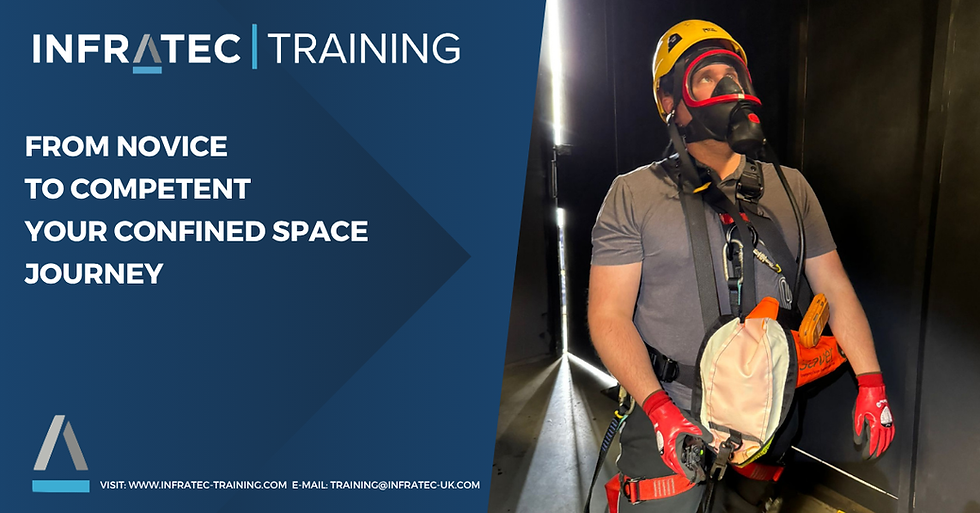Why RPE Fit Testing Is a Legal Must Have in the UK
- leebullock25
- Apr 30
- 2 min read

If your team wears tight-fitting face masks as part of their job, there's one thing you can't afford to overlook, Fit Testing. Whether it's a disposable FFP2 or FFP3, a reusable half-face mask or a full face respirator, UK law says it must be properly fit tested to ensure it actually works.
In this blog, we brea down what the law says, who needs fit testing, when to do it and what equipment you should be using.
What Is Fit Testing and Why Is It So Important?
Fit testing ensures that a respirator (RPE - Respiratory Protective Equipment) forms a tight seal on the wearer's face. Without a secure seal, contaminated air can leak in around the edges - making the mask essentially useless and putting workers at serious risk.
What the Law Days (Yes, It's a Legal Requirement)
Under the Control of Substances Hazardous to Health (COSHH) Regulations 2002, employers are required to make sure any RPE used at work is both adequate and suitable. That means it must fit the wearer properly and can only be proven with a fit test.
According to COSHH, employers must ensure fit testing is carried out:
Before an employee uses a mask for the first time
Whenever a different make, model or size is introduced
If the wearer's facial features change significantly (e.g., due to weight loss or dental surgery)
Who Needs to Be Fit Tested?
Anyone required to wear tight-fitting RPE in the workplace, including:
Disposable filtering face-pieces (FFP1, FFP2, FFP3)
Half-face reusable respirators
Full-face reusable respirators
Note: Loose fitting RPE (like escape BA sets) do not require a fit test, but it must still be suitable for the task and wearer.

What Kind of Mask Should Be Used for the Fit Test?
Fit testing should be done using one of the following:
The actual mask issued to the wearer
A test mask of the same make, mode, type, class and size
A surrogate face-piece - but only if it has the exact same sealing surfaces, materials, head straps and breathing resistance.
Important: Always check with the RPE manufacturer or supplier to confirm whether a test or surrogate face-piece is truly representative of the assigned one. If it isn't, the fit test could be invalid.
Best Practices for Fit Testing
Use a competent fit tester who's trained in recognised fit testing methods
Keep records of all fit tests and update them when changes occur
Ensure workers are trained on how to wear, check and maintain their RPE
Re-test at least every two years or sooner if needed
Final Thoughts
RPE fit testing isn't just another tick-box exercise - it's a legal requirement that plays a vital role in protecting the health of your workforce.
If you're providing tight-fitting respirators, then fit testing must be a core part of your health and safety programme. Make sure your team is properly protected and compliant with the law.
Need hep arranging Fit Testing for you or your team? Get in touch with us today, we'll help you stay safe and compliant.
01642 654963




Comments